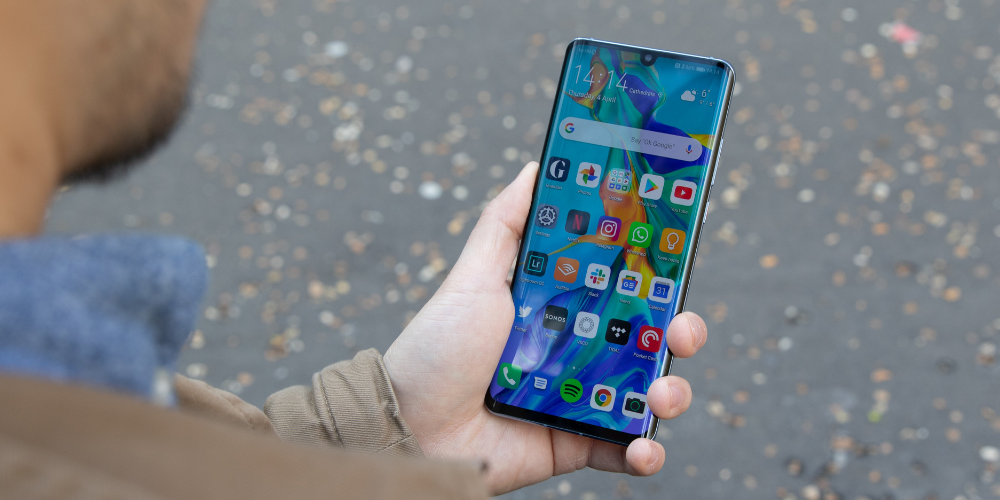It’s all too easy to allow distractions such as social media or videos to seduce us from the things we’re supposed to be doing — such as, say, writing articles about Windows 11. Features such as Focus assist are now being included with operating systems to try to help us keep our eyes on the road, so to speak.
Microsoft’s Focus assist was first introduced in a 2018 update of Windows 10, where it replaced a feature known as Quiet Hours, and while Windows 11 doesn’t offer any radical updates, it has made the feature easier to use. Focus assist stops notifications from popping up on your screen and can be activated automatically when you put on your display on presentation mode, are playing a game, or are using an app in full-screen mode.
I’ll show you how to edit the automatic sessions in a moment. First, here’s how to manually begin a Focus assist session.
START A SESSION
In Windows 11, Focus assist has been made a part of the Clock app. To start a session manually, type “Clock” into your taskbar’s Search icon. You’ll be guided to a page that helps you set up the length of time you want the session to last; you can also set a daily goal if you wish. And there are tiles that let you link your Spotify account (should you have one) to your focus sessions or use Microsoft To Do to pick a task for that session. Don’t need either of these? Keep reading.
If you click on the settings icon at the bottom left of the Clock app, you can adjust the length of your focus time (including breaks) and select a sound to play when your focus period (or your break) ends. And you can get rid of the Spotify and / or To Do tiles.
The Clock settings page also lets you pick a theme for the app and tweak your notification settings, including which notifications should not be filtered out during a Focus assist session.
To personalize this feature a bit more and to edit the automatic settings, you need to go to “Focus assist settings.”
FOCUS ASSIST SETTINGS
You can get to Focus assist settings in several ways: by clicking on “Settings” > “System” > “Focus assist,” by using the taskbar search icon to find “Focus assist,” or by clicking on the system clock at the right edge of the taskbar and then on “Focus assist settings.”
Once you’re there, there are two main sections.
The first section lets you turn Focus assist on and off and set certain parameters when it is active:
- “Priority only” limits active notifications to those specified in a priority list. You can set that list up by selecting the “Customize priority list” link right below the “Priority only” subhead. You can have it always notify you of incoming calls, always notify you of reminders, or allow notifications from specific apps. New to Windows 11 is the ability to prioritize notifications from contacts who are either pinned to your taskbar or whom you specify via an “Add contacts” button.
-
- “Alarms only” lets you hide all your notifications, except for any alarms you may have set up.
- Concerned that you may miss something? If you check “Show a summary of what I missed when focus assist was on,” then you will be automatically notified of all your filtered notifications as soon as Focus assist is no longer active.
The second section, headed “Automatic rules,” lets you adjust several pre-set rules. You can toggle each on and off from this page, but if you want to change their settings, click on the name of the feature.
- “During these hours” lets you set specific times and days when Focus assist will kick in. To edit the settings, select “During these times” and then, on the next page, toggle it on. You’ll be able to choose the start and end times for each session; whether it applies to every day, to just weekdays or just weekends; and whether it will allow priority only or alarms only.
-
The other features under “Automatic rules” operate in much the same way. On the Focus assist page, click the toggle to turn them on or off, and click on their name to adjust them.
- “When I’m duplicating my display” kicks in when you’re got two displays going; toggle it on so you can edit it to allow either priority only or alarms only.
- “When I’m playing a game” is pretty obvious; again, toggle it on to change it to priority only or alarms only.
- Finally, “When I’m using an app in full-screen mode only” can also be tweaked to be priority only or alarms only.
One last thing: when Focus assist is active, you will see a small moon icon at the far right of your taskbar. Click on it, and you should be able to see any missed notifications.







